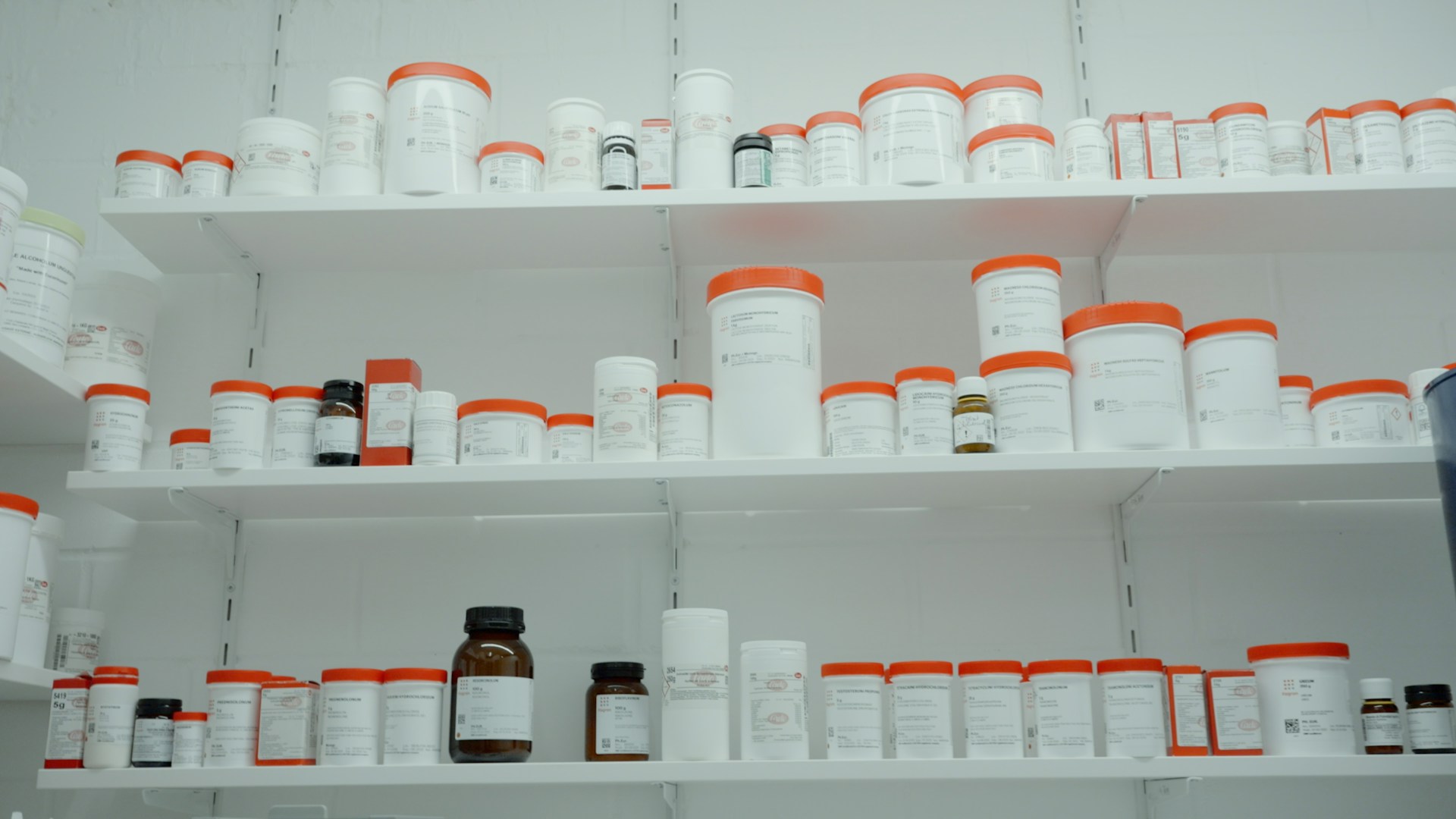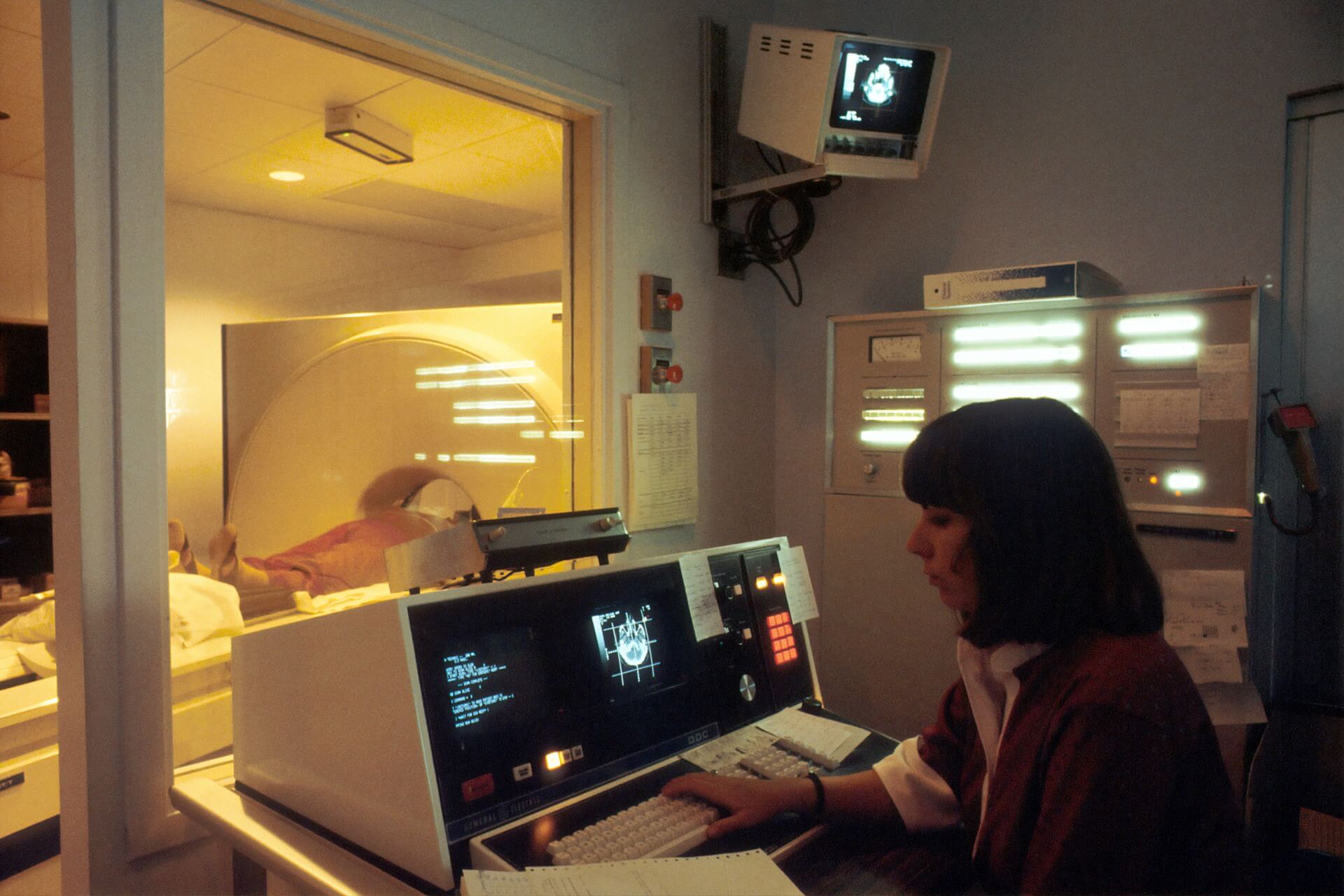
How New Technology Can Improve Pharmaceutical Market Access
October 27, 2023 - Revolutionized Team
Revolutionized is reader-supported. When you buy through links on our site, we may earn an affiliate commission. Learn more here.
The ultimate goal of the pharmaceutical industry should be to provide the treatment options patients need. To do that, businesses must ensure reasonable pharmaceutical market access, but that can be a challenge in today’s environment.
Market access refers to ensuring patients can receive the right drug when they need it for a reasonable price. The more accessible the market, the better pharma companies will be able to ensure patients’ well-being and drive future growth.
Why Is Pharmaceutical Market Access Important?
Pharmaceutical market access is critical because, by and large, the U.S. pharma market is often inaccessible. Roughly 18 million American adults can’t pay for all their needed medications. Patients who take more prescriptions or have more chronic conditions — those who need drug accessibility the most — are even more likely to be unable to afford their medication.
Affordability isn’t the only accessibility issue the pharma industry faces, either. Pharmaceutical manufacturing lead times are long, many supply chains have disruption-prone single dependencies and logistics can be complicated with sensitive drugs. These factors lead to cost and schedule overruns for companies and stock-outs of essential medicine for patients.
If the industry could work around these issues and improve market access, it’d benefit everyone involved. Patients could get life-saving medication without worrying about the finances, and pharma companies’ ongoing costs would fall and their public perception would rise.
How Tech Innovations Improve Pharma Market Access
Achieving better market access is essential, but conventional approaches have failed. Thankfully, new technologies provide a way forward. Here are five ways how.
AI Speeding Drug Development
Improving pharmaceutical market access begins with coming up with medications that better meet patients’ needs. Artificial intelligence (AI) can help by finding and producing more effective drugs in less time with higher accuracy.
It starts with AI simulating drug interactions to highlight the options that show the most potential. AI simulations like this helped companies like Moderna create and test over 1,000 mRNA sequences a month when manual methods produced just 30. As a result, they were able to get effective COVID-19 vaccines to market far below typical timelines.
AI can also streamline clinical trials by automating data entry and finding ideal test groups. All these improvements lead to dramatically shorter times-to-market for pharmaceuticals. As a result, drugs become available to the public faster and production costs fall, enabling lower end prices.
Telehealth Boosting Patient Engagement
Once AI has helped streamline drug production and reduce costs there, the focus turns to patients. Telehealth is among the most promising patient-facing technologies and can boost market access by promoting more patient engagement.
Even if pharmaceuticals come at the right time and price, they can’t achieve market accessibility until doctors get them into patients’ hands. Telehealth helps by making it easier for people to access professional care. When talking to a doctor is as easy as taking a Zoom call from the comfort of your home, more people will be inclined to do so. Similarly, telehealth breaks down physical and time barriers some patients may face.
Telehealth saves patients between $147 and $186 per visit. Those cost savings make going to a doctor to get a prescription more accessible. Consequently, it can help more people afford the medication they need and boost sales for pharma companies, as they’d reach patients who may not look into treatment otherwise.
Personalized Medicine Enabling Better Care
Precision medicine is another important innovation on the patient side. AI data analytics lets medical professionals tailor treatments to individual patients with higher accuracy. These prognostic improvements will lead to more effective prescription practices, creating better pharmaceutical market access.
Consider cases where precision medicine can predict responses to certain treatments in different individuals. With this insight, doctors would know exactly what to prescribe to patients to produce better health outcomes with less trial and error. By streamlining and refining that process, health care organizations minimize care costs and related complications.
Care becoming more effective and less costly drives more patient engagement. It also means pharma companies get a better idea of which products help which populations. They could then adjust manufacturing and logistics processes as necessary to make medication more accessible to the groups who need it the most.
IoT Improving Pharmaceutical Supply Chains
Once patients can learn about, afford and get prescriptions for the medicine they need, it must reach them efficiently. Supply chain disruptions are common in pharmaceuticals, limiting market access, but the Internet of Things (IoT) can help.
IoT solutions can provide real-time updates on manufacturing and supply chain operations to all stakeholders. That way, pharma companies can see any incoming disruptions and respond to them as soon as possible to mitigate their impact. This increased visibility and resulting adaptability will prevent the worst effects of supply chain disruption, like stock-outs and lengthy delays.
Over time, AI can analyze data from these IoT systems to suggest changes to the overall supply chain to make it more efficient and resilient. As a result, supply chain digitization doesn’t just save time and protect inventory levels, but it saves money. In some cases, it can reduce costs by up to 50%, and those savings can translate to consumer-side price decreases, too.
Automated Compliance Preventing Regulatory Issues
Regulatory compliance is the final piece to the pharmaceutical market access puzzle. Complying with differing regulations between countries can make taking a drug to market and maintaining its status a time-consuming and costly process. Those costs and complications restrict drug availability and raise prices, but automation can reduce them.
AI can review legal frameworks and an organization’s operations to highlight applicable regulations and alert businesses when there’s a possible compliance issue. Robotic process automation (RPA) can automate data entry, organization and reporting tasks to reduce human errors that could create compliance problems.
These technologies make complying with an ever-evolving regulatory landscape easier. Businesses can then avoid costly penalties to maintain availability and lower prices while ensuring their products are safe for consumers.
Pharmaceutical Market Access Must Improve
Improving pharmaceutical market access is paramount for this industry. If the sector can’t achieve that, more people will continue to miss potentially life-saving prescriptions. By contrast, better market access will protect patients and create more value for pharmaceutical companies.
Technologies like AI, the IoT and telehealth are critical assets in achieving better market accessibility. They may cost more to implement in the near term, but the resulting benefits are impossible to ignore.
Revolutionized is reader-supported. When you buy through links on our site, we may earn an affiliate commission. Learn more here.







